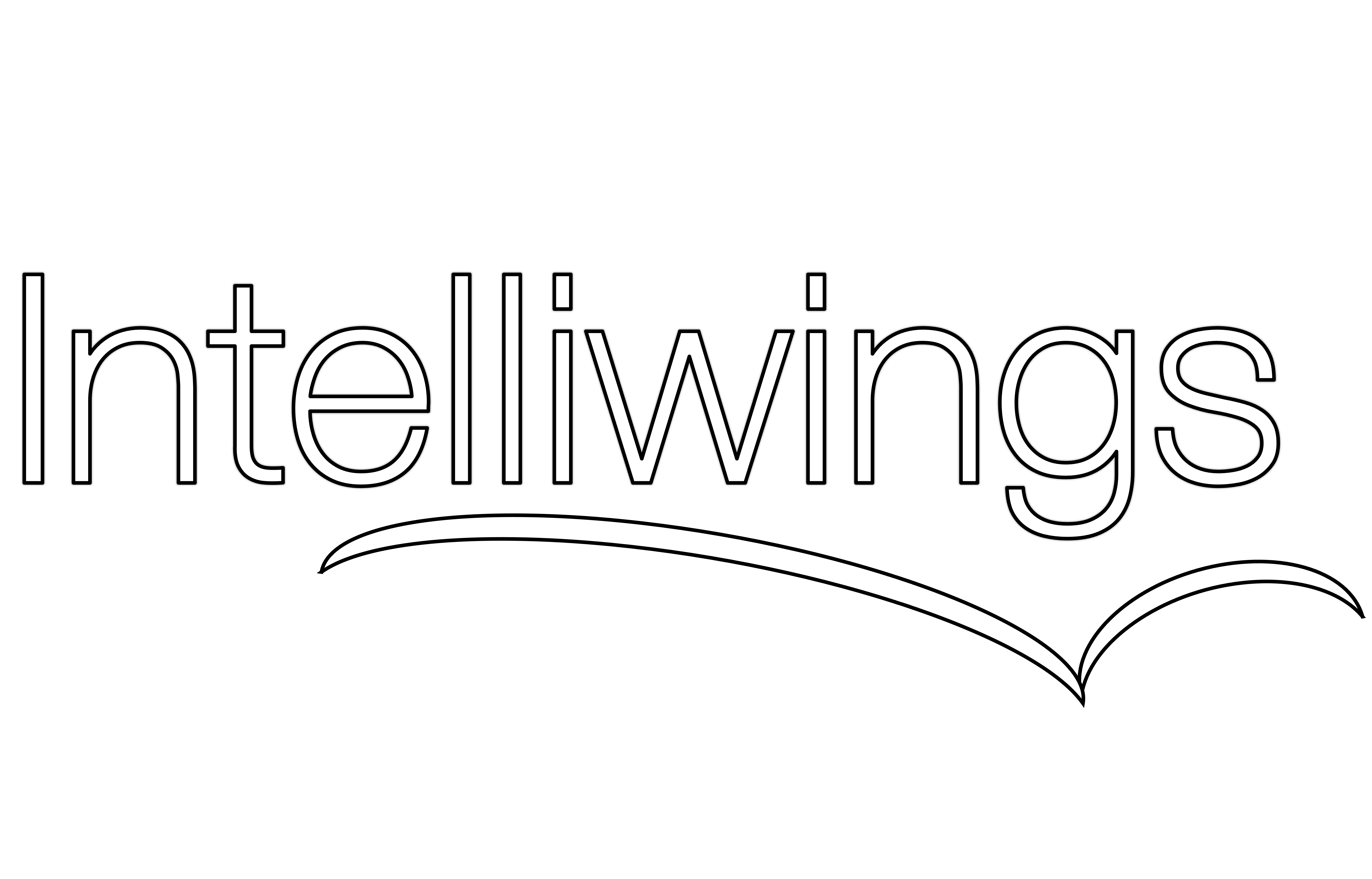Balancing Act: The Need for STEM and Humanities in Education
| By Felipe Dombkowski |
Humanities Left Behind as STEM Prioritized in Modern Education
In recent decades, the importance of Science, Technology, Engineering, and Mathematics (STEM) education has been prioritized in K-12 schools across the United States. Today, nearly one-fifth of all American charter schools are STEM-focused, with that proportion continuing to grow. The increasing importance placed on STEM education today has some of its early origins in the educational shifts prompted by the Cold War.
The Cold War Catalyst: Launching Sputnik and Reforming Education
The Cold War saw the Soviet Union’s launch of Sputnik 1 as a pivotal moment, highlighting the high-stakes race for technological dominance between global superpowers. This event sent shockwaves through American society, as scholars likened its impact to that of Pearl Harbor, saying, “No event since Pearl Harbor set off such repercussions in public life”. Americans feared that the Soviets’ lead in the Space Race threatened the nation’s global hegemony.
In response, the U.S. government swiftly channeled significant resources into education, particularly in science and technology, to reassure its citizens and send a message to its Russian adversaries. In the two decades following Sputnik’s launch, the National Science Foundation contributed $500 million towards teacher and classroom development. Additionally, the National Defense Education Act was passed, providing substantial federal funding to bolster American education at all levels, with an emphasis on science, mathematics, and foreign languages.

STEM Education in the Modern Era: Economic and Parental Perspectives
Since the Cold War era, the profitability of technological advancements such as the internet, artificial intelligence, and medicine has ensured that STEM education remains a top priority in school curricula worldwide. Today, the world’s five most valuable corporations are technology or AI companies, all of which demand highly skilled workers. To meet this demand, schools continue to emphasize STEM subjects. Furthermore, according to a survey, 93% of K-12 parents believe that STEM education should be prioritized in the US. This focus on STEM can benefit a nation’s economy and students’ skill sets, but it also raises concerns about the status of arts, humanities, and social sciences in schools.
Balancing STEM with Arts and Humanities in School Curricula
With limited resources and time in the school day, administrators of public, private, and charter schools worldwide face tough decisions on how to balance STEM education with other subjects. Often, they yield to pressure from parents and policymakers, sacrificing time and resources from arts, history, sociology, and civic education to bolster STEM programs.
As we look to the future, STEM education will likely remain a priority. However, it is crucial to ensure that the arts, humanities, and soft sciences are not relegated to secondary status. Instead, schools should foster a well-rounded education that equips students with interdisciplinary skills, setting them up for success in college, the workforce, and beyond.

The illustrations in this article were created using an AI image generator. All illustrations are ©Intelliwings.



